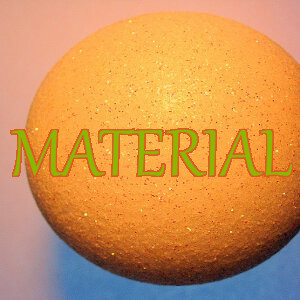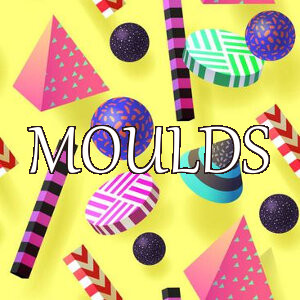download the custom candle conscious construction (PDF, 110 kB)
Material of the candle:
The traditional candle material is wax, paraffin, soy wax, beeswax, stearin, but you can use more modern materials like candle gel as well. Also mix them is possible depending on which feature you want to emphasize take advantages.
Candle jelly is translucent, easy to colour and to make fragrant, but typically costs 3-4 times more than paraffin.
For those who like natural materials, beeswax or soy wax is a good choice. Be aware, however, that bee wax is harder to cast, flows harder, and sticks easily to any tool that is needed for the casting process. In addition, waxes offered as natural substances are in many cases paraffin based with some modifiers and the word “natural” remains often just a marketing catch. However, we can get it at a higher price.
Paraffin is the cheapest and the best choice for starters due to the lowest drip point and good fluidity.
Candle colouring and fragrance:
The candle can be scented with essential oils and coloured with pigments. Just be careful not to burn any harmful substances. But it does really make a candle unique. It doesn't seem to be so much creative to replace the original blue candle to red or use jasmine instead of the rose scent.
It is sometimes added various objects to the candle. Like flakes, mica, phosphorescent dust, shell, dried flowers, etc.. They make our candles different, but what everyone can do without effort does not add too much value to that.
Candle shape:
We think this is what makes a candle really unique. Casting a complicated form is not easy. But we can combine shapes that requires creative techniques. How do we put the wick into practical shape?








